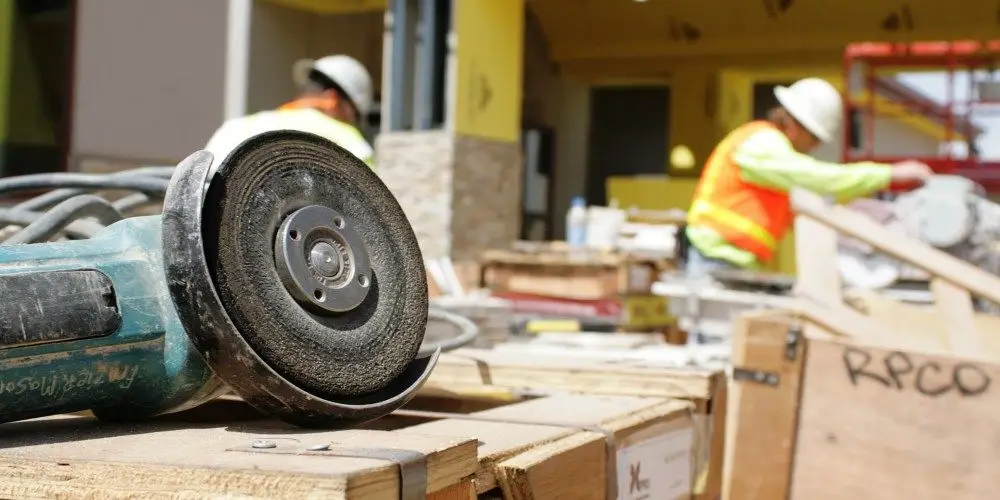How to Choose a Generator for Construction Sites: Practical Guide
Importance of a Power Generator on Construction Sites
Ensuring continuous operation
On construction sites, electricity availability is crucial for operating tools, heavy machinery, lighting systems, and safety equipment. Power outages can delay schedules, increase costs, and compromise worker safety. Therefore, a reliable generator ensures continued operations even in remote areas or during utility supply interruptions.
Risk reduction and increased productivity
Lack of electricity not only halts activities but also increases the risk of accidents due to poor lighting or failures in essential systems. Proper generators minimize these risks and keep work fronts active.
Assessing the Site's Energy Needs
Survey of total required load
The first step is to map out all equipment that will be powered, considering:
Rated power of each device (in watts or kilowatts)
Starting power, especially for electric motors
Simultaneous operation of multiple devices
Future expansions or increased energy use
Demand factor and capacity reserve
Apply a simultaneity factor, since not all equipment runs at once. A safety margin of 20% to 30% is also recommended to handle load peaks.
Practical example
If the estimated demand is 40 kW, the ideal choice is a generator of at least 50 kW to ensure stability and durability.
Types of Generators for Construction
Diesel generators: robustness and efficiency
Most common in construction due to high durability, torque, and fuel efficiency in continuous operation — ideal for medium to large sites.
Three-phase vs. single-phase
Three-phase: for large equipment like mixers, winches, and industrial saws
Single-phase: for smaller loads like lighting and handheld tools
Technical Criteria for Generator Selection
Load capacity and autonomy
The generator should operate throughout the workday without constant refueling. Larger tanks are better for long shifts.
Portability and mobility
Generators with wheels or mounted trailers are ideal for large or multi-front sites.
Noise level
Even if noise is less critical on sites, silent models may be required near residential areas or during restricted hours.
Tip
Choose generators with noise-reduction systems (special mufflers and acoustic enclosures) to avoid complaints or fines.
Ease of maintenance
Opt for models with easy access to components, automatic lubrication, and easy-to-change filters to reduce downtime.
Operational and Installation Aspects
Installation location and infrastructure
Install the generator in ventilated areas, protected from the weather, and accessible for refueling and servicing. Long-term sites may require concrete bases or metal shelters.
Grounding and safety system
Proper grounding is essential, along with protective breakers and emergency shutoffs.
Fuel management and logistics
Large projects may require fuel storage tanks with automatic pumps to ensure uninterrupted operation.
Economic Considerations
Initial cost vs. operational cost
Don't assess only the purchase price. Consider:
Fuel consumption
Maintenance frequency and cost
Availability of spare parts
Expected service life
Diesel generators may cost more upfront but offer long-term savings in fuel and maintenance.
Choosing the Right Generator
Choosing the right generator is a strategic decision that impacts efficiency, safety, and cost. A detailed analysis of energy demand, available models, and technical, operational, and financial factors ensures a reliable and high-performance choice.
A good generator means fewer stops, more productivity, and a safer schedule — all essential to a successful construction project.
Need help? Contact a specialized manufacturer like Geraforte, with over 16 years in the market. Our engineers and experts are ready to assist!
Discover our products.





